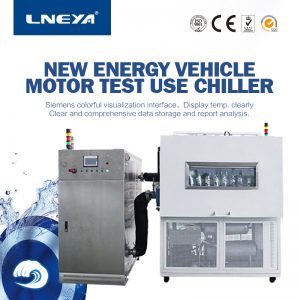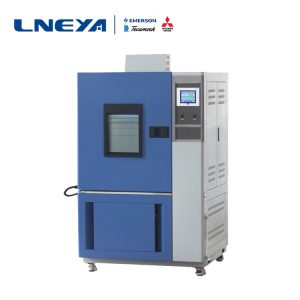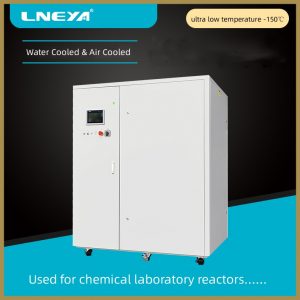Heating and cooling system for chemical reaction kettle reaction process
In the process of chemical chemical reaction, material temperature is an important production process parameter. For example, in salt crystallization, solution separation, organic pigment and intermediate processing, temperature control is particularly important. In order to achieve this goal, the reaction kettle is directly refrigerated and cooled, so as to achieve the purpose of indirectly reducing the temperature of the materials in the reaction kettle. For this reason, it is urgent to adopt suitable refrigeration equipment to lower the temperature of the reactor.

The heating and cooling system in the reaction process of the reactor is mainly used for cooling and cooling of the chemical reactor (chemical heat exchanger), and timely takes away the huge heat generated by the chemical reaction to achieve the purpose of cooling (cooling) and improve the quality of the product. The main heating and cooling system of the reactor reaction process is also called the chemical water chiller and the reactor water chiller, which are widely used in chemical and pharmaceutical industries.
In chemical production, because of the large refrigeration capacity, some tens of thousands of kcal per hour, there is a large demand for low-temperature refrigeration. The rate of most chemical exothermic reactions in the reactor cooling system will increase with increasing temperature and decrease with decreasing temperature. If the reaction temperature is lowered, the reaction will slow down, and the unreacted materials may accumulate in the reactor.
During the reaction, the temperature rises again, and the unreacted materials may start to react. If there are enough unreacted materials, the heat released by the reaction may exceed the cooling capacity of the reactor. In the selection of chiller equipment, chemical industry practitioners should pay special attention, otherwise it will cause refrigeration mismatch, high energy consumption, and even product quality problems, affect normal production, and increase enterprise operating costs.
Different types of production require different temperature conditions for the reactor to cool down. LNEYA provides room temperature reactor cooling, medium temperature reactor cooling, low temperature reactor cooling, cryogenic reactor cooling, etc., heating and cooling systems and temperature solutions for the reactor reaction process at various temperatures.
관련 권장 사항
-
How is the electric vehicle battery test driver grounded?
996If the electric vehicle battery test is not isolated between the AC power source and the drive DC bus (such as a transformer), do not connect the non-isolated port of the DC bus or the ground of the non-isolated signal to the ground, which may res...
세부 정보 보기 -
Brief introduction of explosion-proof curve heating and cooling thermostat
1022The explosion-proof curve heating and cooling thermostat SUNDI series adopts compressor refrigeration and linkage heating technology, an integrated piping system, and a plate heat exchanger. It is suitable for equipment connecting reactors for ref...
세부 정보 보기 -
How does the ultra-low temperature test chamber control static electricity?
1272In order to control the static quality of the ultra-low temperature test chamber, the ultra-low temperature test chamber needs to control the static electricity better. How does the LNEYA ultra-low temperature test chamber control the static elect...
세부 정보 보기 -
냉각 온도 조절기 냉각기가 갑자기 시작되지 않는 이유
1081냉각 온도 조절기 칠러를 사용하는 동안 예기치 않은 상황이 발생하면 다양한 문제를 효과적으로 해결하기 위해 문제를 해결하기 전에 구체적인 이유를 즉시 파악하는 것이 중요합니다. 예를 들어, 재 ...
세부 정보 보기
 LNEYA 산업용 냉각기 제조업체 공급 업체
LNEYA 산업용 냉각기 제조업체 공급 업체













